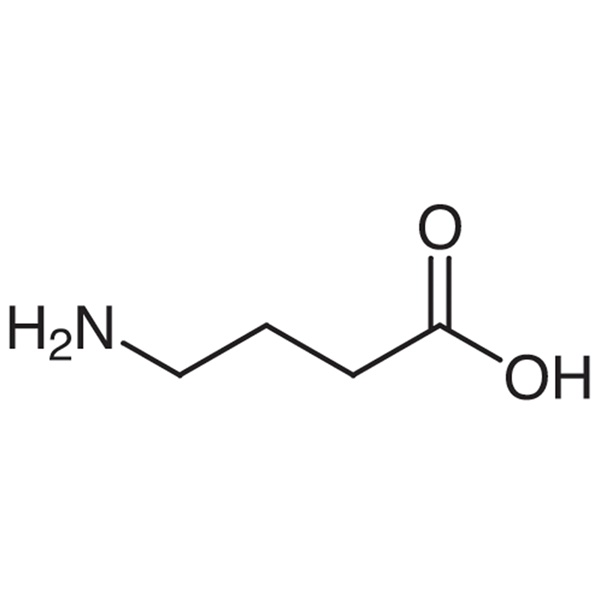γ-Aminobutyric Acid (GABA) CAS 56-12-2 Assay 99.0~101.0% Factory High Quality
Shanghai Ruifu Chemical Co., Ltd. is the leading manufacturer and supplier of γ-Aminobutyric Acid (GABA) (CAS: 56-12-2) with high quality, production capacity 800 tons per year. Ruifu Chemical adheres to the principle of quality first, reasonable price and good service, γ-Aminobutyric Acid is well sold in China, and also exported to America, Europe, India, etc. which had deeply trusted by our customers. We can provide worldwide delivery, small and bulk quantities available, strong after-sale service. Welcome to order. Please contact: alvin@ruifuchem.com
| Chemical Name | γ-Aminobutyric Acid |
| Synonyms | GABA; 4-Aminobutyric Acid; Gamma Aminobutyric Acid; γ-Abu-OH; ω-Aminobutyric Acid; γ-Aminobutanoic Acid; 4-Aminobutanoic Αcid; Piperidic Acid; Piperidinic Acid |
| CAS Number | 56-12-2 |
| Stock Status | In Stock, Production Capacity 800 Tons per Year |
| Molecular Formula | C4H9NO2 |
| Molecular Weight | 103.12 |
| Melting Point | 195℃(dec.)(lit.) |
| Density | 1.11 |
| Solubility in Water | Almost Transparency |
| Solubility | Freely Soluble in Water and in Glacial Acetic Acid, Slightly Soluble in Methanol, Practically Insoluble in Ether and in Chloroform. |
| Brand | Ruifu Chemical |
| Hazard Codes | Xi,Xn |
| Risk Statements | R36/37/38 - Irritating to eyes, respiratory system and skin. R20/21/22 - Harmful by inhalation, in contact with skin and if swallowed. |
| Safety Statements | S26 - In case of contact with eyes, rinse immediately with plenty of water and seek medical advice. S36 - Wear suitable protective clothing. |
| WGK Germany | 2 |
| RTECS | ES6300000 |
| TSCA | Yes |
| HS Code | 2922491990 |
| Items | Inspection Standards | Results |
| Appearance | White Crystals or Crystalline Powder; Slightly Bitter Taste | Conforms |
| Identification | Infrared Absorption Spectrum | Conforms |
| State of Solution (Transmittance) | Clear and Colorless ≥98.0% | 98.9% |
| Chloride (Cl) | ≤0.020% | <0.020% |
| Ammonium (NH4) | ≤0.020% | <0.020% |
| Sulfate (SO4) | ≤0.048% | <0.048% |
| Iron (Fe) | ≤30ppm | <30ppm |
| Heavy Metals (Pb) | ≤10ppm | <10ppm |
| Arsenic (As2O3) | ≤2.0ppm | <2.0ppm |
| Other Amino Acids | Conforms | Conforms |
| Loss on Drying | ≤0.50% | 0.25% |
| Residue on Ignition (Sulfated) | ≤0.10% | 0.06% |
| Assay | 99.0 to 101.0% | 99.76% |
| pH Value | 7.0 to 8.0 (1.0g in 10ml of H2O) | 7.2 |
| Microbiological Tests | ||
| Total Plate Count | <1000 cfu/g | Conforms |
| Yeast & Mold | <100 cfu/g | Conforms |
| Escherichia Coli | Negative | Negative |
| Salmonella | Negative | Negative |
| Staphylococcus Aureus | Negative | Negative |
| Particle Size | 100% Through 80 Mesh | Conforms |
| BSE / TSE | Doesn't Contain Animal Materials | Conforms |
| Conclusion | This Product by Inspection Accords with the Standard of AJI97 | |
| Shelf Life | 24 Months Under the Original Packaging if Stored Properly | |
| Main Uses | Food/Feed Additives; Pharmaceuticals; Health Products; etc. | |
γ-Aminobutyric Acid (GABA) (CAS: 56-12-2) AJI97 Test Method
γ-Aminobutyric Acid, when dried, contains not less than 99.0 percent and not more than 101.0 percent of γ-Aminobutyric Acid (C4H9NO2).
Description: White crystals or crystalline powder, slightly bitter taste.
Freely soluble in water and in glacial acetic acid, slightly soluble in methanol, practically insoluble in ether and in chloroform.
Solubility (H2O, g/100g): about 100 (20℃)
Identification: Compare the infrared absorption spectrum of the sample with that of the standard by potassium bromide disc method.
Specifications:
State of Solution (Transmittance): 1.0g in 10ml of H2O, spectrophotometer, 430nm, 10mm cell thickness.
Chloride (Cl): 0.7g, A-1, ref: 0.40ml of 0.01mol/L HCl
Ammonium (NH4): B-1
Sulfate (SO4): 0.50g, (1), ref: 0.50ml of 0.005mol/L H2SO4
Iron (Fe): 0.5g, (2), ref: 1.5ml of Iron Std. (0.01mg/ml)
Heavy Metals (Pb): 2.0g, (1), ref: 2.0ml of Pb Std. (0.01mg/ml)
Arsenic (As2O3): 1.0g, (1), ref: 2.0ml of As2O3 Std.
Other Amino Acids: Test sample: 100μg, A-2-a control; γ-Abu 0.4μg
Loss on Drying: at 105℃ for 3 hours
Residue on Ignition (Sulfated): AJI Test 13
Assay: Dried sample, 100mg, (1), 3ml of formic acid, 50ml of glacial acetic acid, 0.1mol/L HCLO4 1ml=10.312mg C4H9NO2
pH: 1.0g in 10ml of H2O
Recommended storage limit and condition: Preseved tight containers at controlled room temperature (2 years).

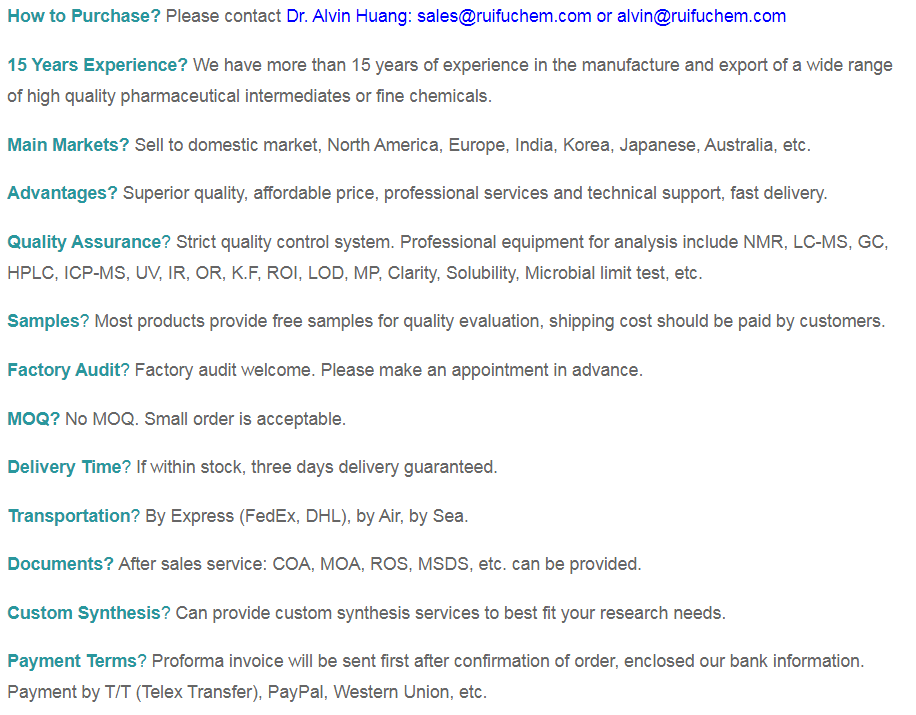
γ-Aminobutyric Acid (GABA) (CAS: 56-12-2) is a kind of natural amino acid, which is the chief inhibitory neurotransmitter in the mammalian central nervous system. GABA plays a role in regulating neuronal excitability throughout the nervous system. In humans, GABA is also directly responsible for the regulation of muscle tone.
Typical Properties:
1. Calm nerves and anxiety. May help alleviate stress, frustration remorse and tension. Improves brain functioning and mental clarity. Improves neurotransmitter functioning calms. Relaxes your mind and body dramatically improves sleep (promotes R.E.M. sleep).
GABA is an inhibitory transmission substance of the central nervous system and is one of the most important neurotransmitters in brain tissue. Its role is to reduce neuronal activity and prevent the overheating of nerve cells. GABA binds and activates anti-anxiety brain receptors, and then acts synergistically with other substances to prevent anxiety-related information from reaching the brain-indicating center.
2. Lower blood pressure.
GABA can act on the vasomotor center of the spinal cord, effectively promoting vasodilation and reducing blood pressure. May help maintain healthy blood sugar levels.
3. Treatment of diseases.
The decrease of GABA in nerve tissue is also related to the formation of neurological degeneration such as Huntington disease and Alzheimer's disease.
4. Lower blood ammon.
GABA can inhibit the decarboxylation of glutamic acid and reduce blood ammon. More glutamate is combined with ammoia to produce urea and eliminated from the body to relieve ammoia poisoning, thereby enhancing liver function. Ingestion of GABA can increase the activity of glucose phosphatase, make brain cells active, promote brain metabolism and restore brain cell function, improve nerve function.
5. Improve brain activity.
GABA can enter the brain tricarboxylic acid cycle, promote brain cell metabolism, but also can increase the activity of glucose phosphatase in glucose metabolism, increase acetylcholine production, expand blood vessels to increase blood flow, and reduce blood amonia, promote brain metabolism, Restore brain cell function.
6. Promote ethanol metabolism. May reduce symptoms of alcohol withdrawal.
Applications
1) As raw materials for the medicines, health products and cosmetics.
2) Nutritional supplements. GABA has been very popular among the food industry. It has been applied to all kinds of tea beverages, dairy products, frozen food, wine, fermented food, bread, soup and other healthy and medical-treating food in Japan and some European countries.
3) Feed additive. Increasing animals' feed intake volume and protein deposition rate, increasing feed conversion rate. Enhancing animals' body anti-stress ability. Be good for animals restlessness and sleeping. In livestock production, γ-aminobutyric acid (GABA), as a functional non-protein amino acid supplement, has attracted more and more attention due to its positive effects on improving livestock performance, regulating hormone secretion, enhancing immune ability and relieving heat stress.
4) GABA is a popular nootropic that provides relief from symptoms such as ADHD, depression, and anxiety.
5) In agriculture, it can be used as a fertilizer synergist, which can regulate the release of plant endogenous hormones and promote the absorption of key elements by crops. It can be used for leaf spraying, flight prevention and root irrigation, which can enhance the ability of drought resistance and saline-alkali resistance, promote the absorption and utilization of fertilizer by plants, and increase drug efficacy and reduce drug damage. The effects of fertilizer and weight loss can significantly promote the growth of crops, improve the ability to resist stress, and improve the quality and yield of high crops. It has been widely used in agricultural production and has been recognized and affirmed by the majority of users.
-
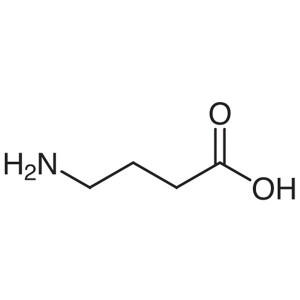
γ-Aminobutyric Acid (GABA) CAS 56-12-2 Assay 99...
-

β-Alanine CAS 107-95-9 (H-β-Ala-OH) Assay 98.0~...
-

L-Alanine CAS 56-41-7 (H-Ala-OH) Purity 98.5%~1...
-

L-Arginine CAS 74-79-3 (H-Arg-OH) Assay 98.5~10...
-
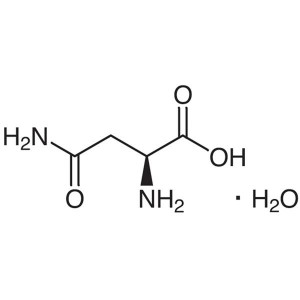
L-Asparagine Monohydrate CAS 5794-13-8 (H-Asn-O...
-

L-Aspartic Acid CAS 56-84-8 (H-Asp-OH) Assay 98...
-

L-Cysteine CAS 52-90-4 (H-Cys-OH) Assay 98.5~10...
-

L-Cystine CAS 56-89-3 (H-Cys-OH)2 Assay 98.5~10...
-

L-Glutamic Acid CAS 56-86-0 (H-Glu-OH) Assay 98...
-
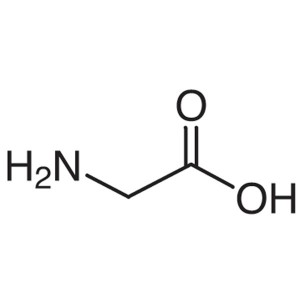
Glycine CAS 56-40-6 (H-Gly-OH) Assay 98.5~101.5...
-

L-Glutamine CAS 56-85-9 (H-Gln-OH) Assay 99.0~1...
-
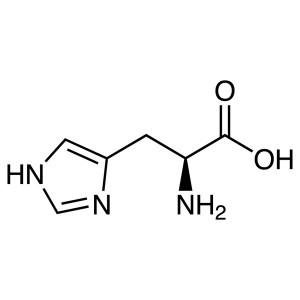
L-Histidine CAS 71-00-1 (H-His-OH) Assay 98.5~1...
-
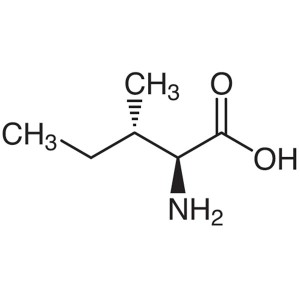
L-Isoleucine CAS 73-32-5 (H-Ile-OH) Assay 98.5~...
-

L-Leucine CAS 61-90-5 (H-Ile-OH) Assay 98.5~101...
-

L-(+)-Lysine CAS 56-87-1 (H-Lys-OH) Assay 98.5~...
-

L-Methionine CAS 63-68-3 (H-Met-OH) Assay 99.0~...

